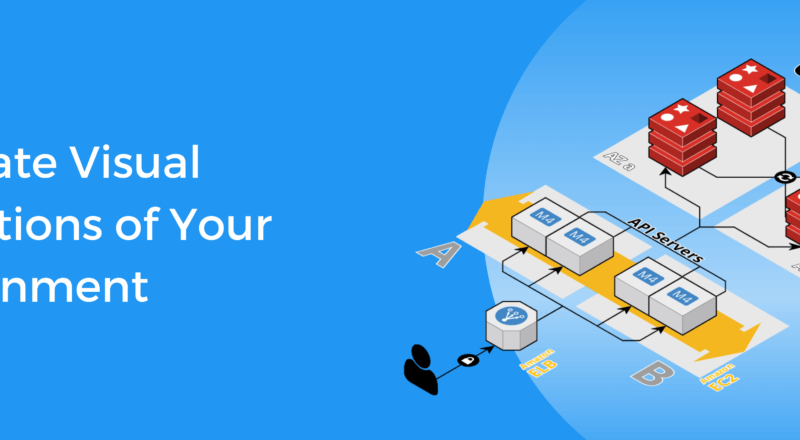In this blog post, you will learn to implement authentication and authorization for your own HTTP(S)-based applications on AWS.
[Read more…] about Application Authentication and Authorization on AWSAWS Architect Mindset
Architecting applications on AWS is challenging. On the one hand, you need a broad understanding of AWS services. On the other hand, you have to know the details as well. In this blog post, I outline the mindset you need to build on AWS successfully.
[Read more…] about AWS Architect Mindset3 Things to Know About Cloudcraft’s SOC 2 Compliance
We are so honored to announce that Cloudcraft is officially SOC 2 certified!
continue readingContainers on AWS: ECS, EKS, and Fargate
The container landscape in general and on AWS, in particular, is changing quickly. AWS releases new services and features to deploy containers constantly.
continue readingHow to Create Visual Representations of Your AWS Environment
In this video of Cloudcraft Live scanning, we’ll demonstrate how easy it is to visualize your AWS environment in just a few clicks.
continue readingHow to Replicate Your Data with DynamoDB Global Tables
In my last post about Multi-Region AWS Architectures, I discussed how you could reduce end-user latency and increase availability by running your application in multiple regions. I compared AWS services that help you to run your application in various regions at the same time. In this post, we’ll focus on one data store that shines in multi-region architectures: Amazon DynamoDB.
continue reading




